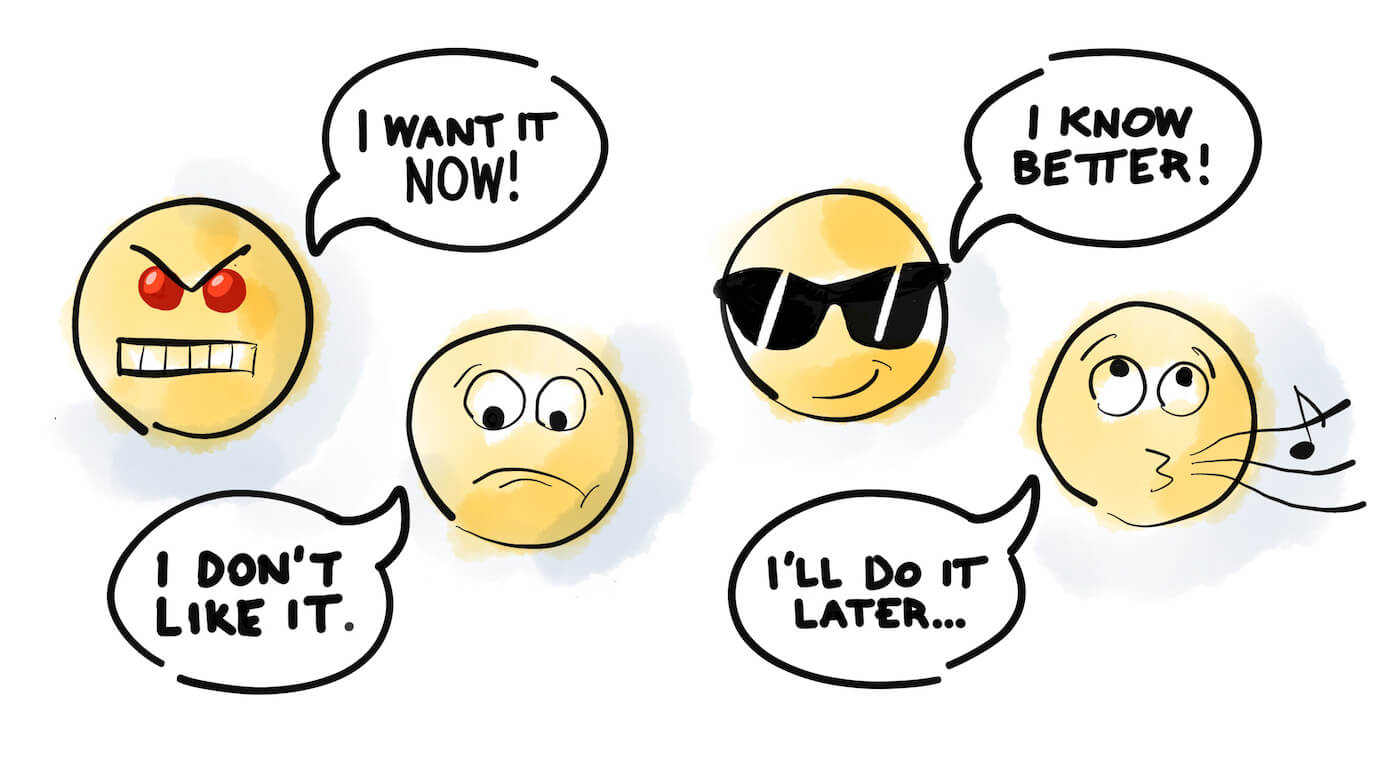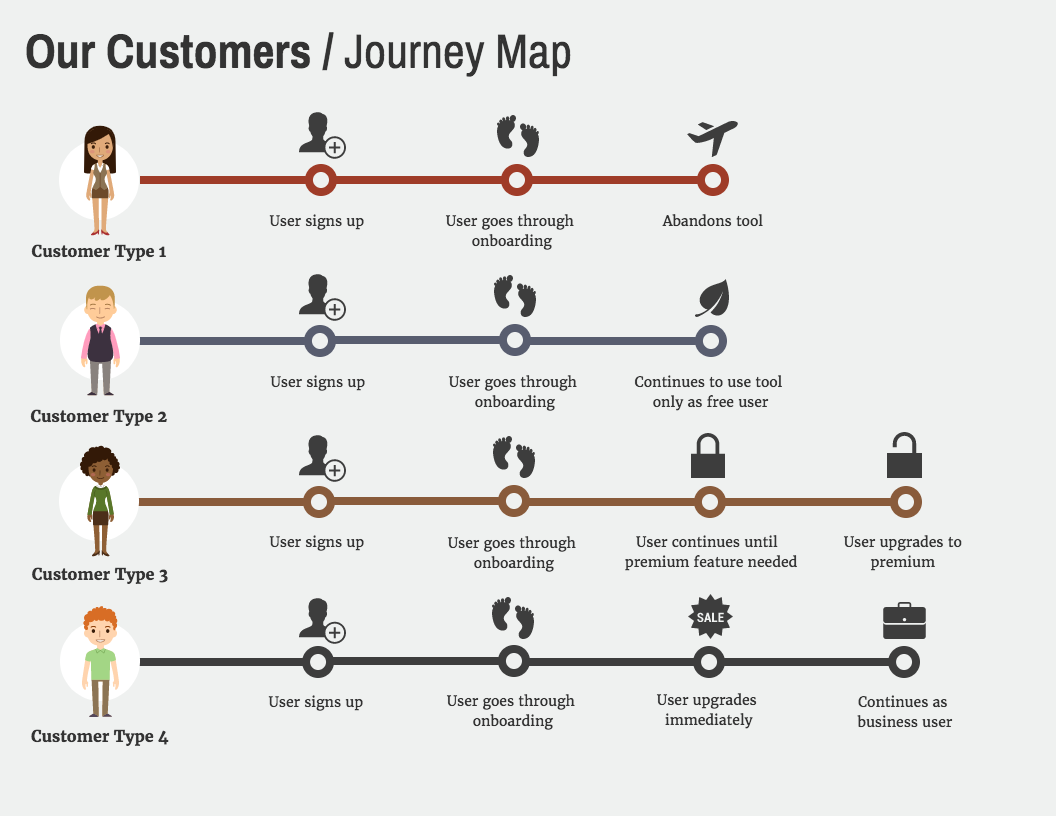Build A Tips About How To Deal With Different Customers
Give them an excellent reason to give you their email addresses and/or other contact information, then build the relationship with a nurturing campaign.
How to deal with different customers. Customers that make up a minority of the customer. Drivers are one of the dynamic types of. Just like how every check engine light can’t be solved by changing your oil, different.
Be understanding and don’t argue. To practice empathy, try to: You don’t want to prod the customer to make a decision that isn’t right for them, so be upfront about what your products can and can’t do.
Your main goal should be to help and educate. This one belongs to type a customers and is based on personality. In the retail industry, customers can be segmented into five main types:
(“i want to rush your order, but it wouldn’t be fair to our other customers who have already placed their order. If you focus on identifying customer intent, you can tailor. Revamping the routing system allowed.
Thorough training on serving different customer personalities can help you and your staff create better relationships with customers. As l continued soaring in heights l experienced different pax and l learnt alot on how to handle them.am a customers service enthusiasts and l believe in giv. Refuse service for the rudeness 4.
Regardless of the type of customer, several characteristics can be applied to all. Ask the customer what their ideal solution is. Provide all the necessary details about the deal to avoid any confusion.
Start with consistent communication to build strong customer relationships. One of the biggest mistakes salespeople make when dealing with difficult or challenging customers is arguing back or losing their temper. The first step is to identify exactly which type of difficult customer you’re dealing with.
Send them to some of your competitors 3. How to approach and deal with different types of customers? Dan may also require help with entering a discount code or using a coupon, so.
Take responsibility by using phrases such as, you're right, we did that wrong. First, acknowledge that you want to handle the situation fairly.






![How To Deal With 11 Types Of Difficult Customers [Infographic]](https://assets-blog.fundera.com/assets/wp-content/uploads/2018/05/21162533/11-types-of-difficult-customers.jpg)











